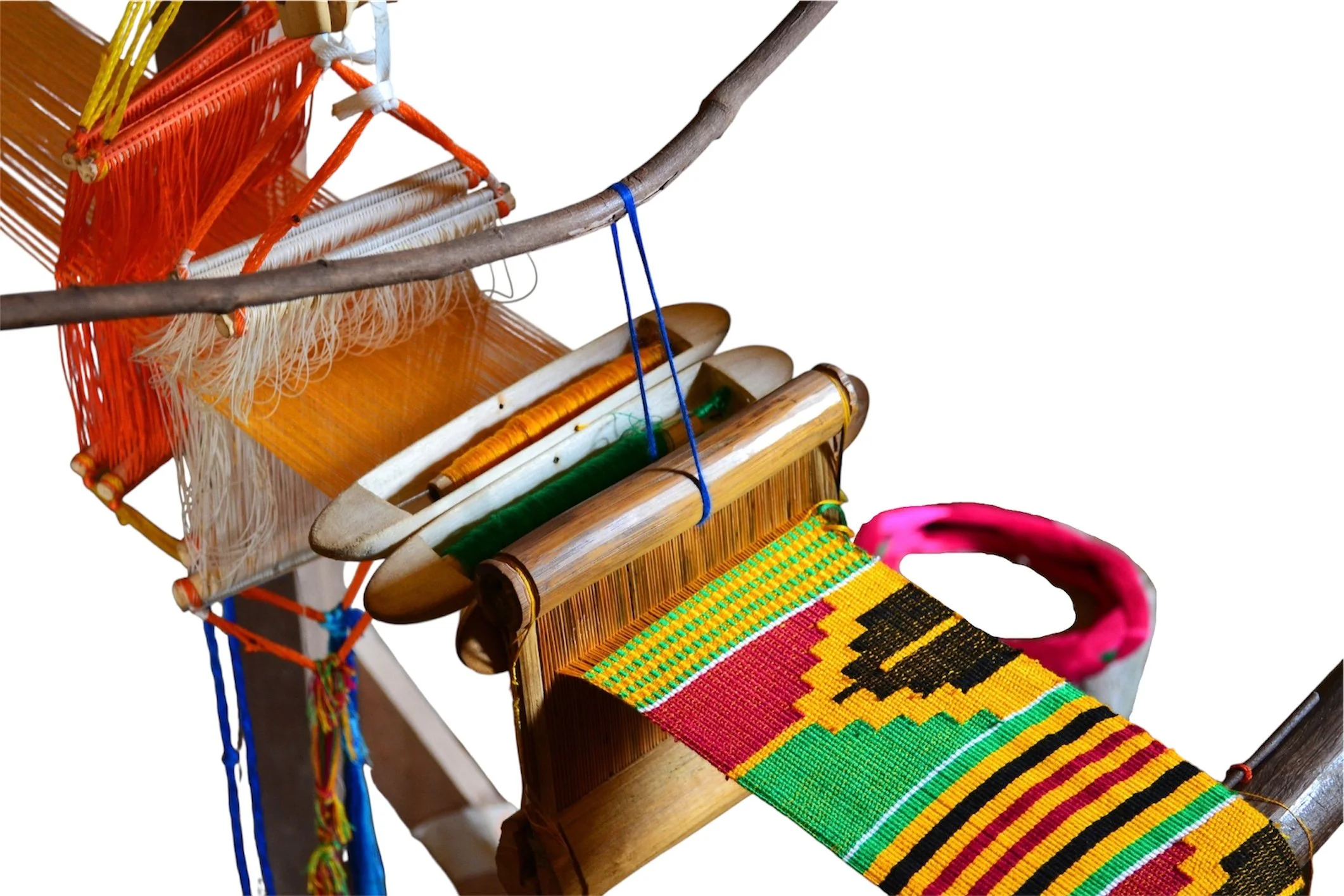
INSIDE TBHC Atelier
Behind TBHC: Inside the Artisan Atelier
Tristan Brew Haute Couture (TBHC) is more than a luxury fashion house; it is a conversation between Ghana and the Globe, between ancient royal textiles and modern haute couture. While visitors to our site see glamour on runways and magazine covers, the true soul of TBHC beats behind the scenes, in the hands of artisans who weave, cut and sew stories into every garment. This Journal entry invites you into the atelier to see how each piece embodies our commitment to heritage, craftsmanship and personal expression.
Honour & Heritage: The Legacy of Kente
Before cutting silk or draping fabrics in Toronto, our process begins in Ghana with the creation of Kente cloth. Kente is a woven textile originally created by the Ashanti people, and its history stretches back centuries. Historically, Kente emerged in the 12th century and evolved into the traditional cloth of the Asante Kingdom. Each colour and pattern carries symbolic meaning: Gold stands for royalty and wealth; green symbolises renewal; black represents spiritual maturity; red denotes passion and sacrifice; white conveys purity. Kente weaving was traditionally reserved for royalty and ceremonies, and it remains a source of pride across Ghana and Ghanaians.
As TBHC builds contemporary fashion, we honour this legacy by commissioning master weavers in Ghana to create our custom Kente designs. Their looms are not automated machines; they are simple wooden frames guided by decades of practice. The weavers select threads, dyed using natural pigments, to create our exclusive patterns. When we ask them to reinterpret centuries-old motifs in a new colour palette or scale, they are excited by the challenge but always mindful of symbolism. These discussions ensure that our fabrics remain respectful of the culture yet reflect TBHC's unique vision.
Our Artisans: Hands Across Continents
At TBHC, creating a garment is a cross-continental collaboration. The process begins in Kumasi, where Kente weaving communities spin thread and hand-weave our fabrics on horizontal looms. Each yard of cloth takes weeks to complete because weavers must monitor the tension, colour alignment and pattern integrity. When the fabric comes off the loom, we inspect it for quality and authenticity. Only the best cloth enters our atelier.
The woven cloth travels to Accra, where our atelier combines Ghanaian heritage with contemporary tailoring. Inside the atelier, pattern makers draft designs, seamstresses cut fabric, and tailors assemble pieces using both modern machines and hand-finishing techniques. It is here that the art of couture truly comes alive: we drape fabric on dress forms, pin and stitch with precision, and repeatedly fit garments on models to achieve perfect lines. Some garments require intricate hand embroidery with beads or crystals; others call for traditional Ghanaian embellishments like Adinkra symbols. Each element is placed by hand to ensure that the final garment stands for excellence.
While our Toronto team executes the final construction, they are in constant communication with our artisans in Ghana. This dialogue is more than a logistic necessity; it is part of our brand identity. We value our Ghanaian partners as equal collaborators, and we share inspiration, sketches and mood boards. The exchange fosters innovation. An experimental embroidery technique in Toronto may inform the next weaving pattern in Accra or Kumasi, and a colour combination in Ghana can inspire our next silhouette.
Conscious Couture: Sustainability & Responsibility
Being "behind the scenes" at TBHC means witnessing our commitment to sustainable and ethical practices.
We produce in small batches, avoid over-ordering materials and repurpose offcuts into accessories or limited-edition items. Our Kente is woven from silk and cotton, both chosen for durability and comfort. We pay fair wages to our Ghanaian weavers and invest in their communities by sponsoring apprenticeships. In Accra and Toronto, we strive to minimise waste by tailoring some garments to order and offering alterations and repairs to extend their life.
We also believe in slow fashion - clothing designed to last, not for one season but for generations. To create long-term value, we use high-quality materials, reinforce seams and include written care instructions with each purchase. The inside of each garment features our signature label and a tiny book of origin, documenting where the cloth was woven and assembled. When you wear a TBHC piece, you carry a story of connection and shared heritage.
Design Philosophy: Modern Royalty
TBHCs design philosophy can be encapsulated in three words: modern, regal, personal. Our collections draw inspiration from the regal attire of the Asante kingdom and reinterpret them for contemporary life. We avoid literal replication; instead, we translate the majestic aura into sleek silhouettes, structured shoulders and floor-grazing gowns with our Bespokes pieces. By incorporating Kente, we remind the world that royalty is not confined to palaces but lives within everyone who honours their ancestry.
Our creative director emphasises that fashion should express identity and confidence. Each garment is designed to empower the wearer, whether through a commanding cape or a perfectly tailored blazer. We choose fabrics for their tactile qualities, the way silk drapes against the skin or how Kente's texture catches light and design garments with movement in mind. Our evening gowns reveal glimpses of skin through strategically placed cut-outs, and our suiting features subtle details such as contrast top-stitching or metallic buttons. The goal is not to shout; it is to speak elegantly and be heard.
Craftsmanship & Process
The path from sketch to runway is rigorous. Here's a behind-the scenes look at the stages:
1. Concept & Inspiration: Each collection begins with a theme perhaps "Royal Threads Reimagined," exploring how Kente evolved from sacred cloth to runway attire, historical references and cultural symbolism, then assemble mood boards with images, fabrics and objects.
2. Sketching & Prototyping: Designers transform concepts into sketches, focusing on silhouette, fabric drape and unique details. We create prototypes (toiles) from inexpensive fabrics to test fit and structure.
Adjustments are made until the garment moves like a second skin.
3. Fabric Selection & Weaving: Once designs are approved, we commission Kente cloth or source complementary fabries such as silk satin, organza or wool crepe. Our team in Ghana weaves Kente using the precise colours and patterns chosen during concept development.
4. Pattern Making & Cutting: Master pattern makers create paper patterns, ensuring each piece is cut to the right grain and shape. We cut fabric by hand to maintain precision and reduce waste.
5. Construction & Finishing: Skilled seamstresses sew the pieces together using a mix of machine stitching and hand finishing. Details such as embroidery, appliqué and beading are applied by hand. Every seam is pressed, and some garments are lined to ensure comfort and longevity.
6. Fitting & Alteration: Multiple fittings ensure that each garment fits perfectly. We often fit garments on a model with similar measurements to our clients to anticipate adjustments. The couture process means garments are refined down to the smallest detail.
This meticulous approach requires time and patience but results in clothing that stands apart. A TBHC dress may take 50-100 hours to complete, including weaving, pattern making and embellishment. We embrace the labour because it produces garments that are truly unique.
What Drives Us: Storytelling & Community
Behind TBHC is a desire to tell stories, stories of diaspora, of resilience and of shared lineage. The phrase "Go behind the scenes with our artisans in Ghana and Toronto" on our Journal page invites you to see these stories in the making.
We want you to feel the dedication of our weavers who work in sunlit courtyards in Ghana; to hear the hum of sewing machines in Accra and Toronto; to taste the sense of pride when a client wears their custom piece for the first time.
We also celebrate community. Our team includes stylists, photographers, marketing professionals and clients who offer feedback. Each collection launch brings a sense of family reunion. We invite buyers, friends and media to our atelier, so they can appreciate the artistry and meet the people behind the garments. These interactions inspire new ideas and keep us rooted in our community's needs.
Experience TBHC for Yourself
The Journal is just a glimpse into our world. To truly experience TBHC, we invite you to schedule a Virtual consultation. When you hold a garment in your hands, you will feel the weight of heritage and the precision of modern tailoring. You will see the interplay of colour and texture that photographs cannot capture. Above all, you will understand that TBHC is not just clothing; it is a celebration of identity and artistry.
Thank you for coming behind the scenes. We hope this look into our atelier deepens your appreciation for the craftsmanship and culture that define Tristan Brew Haute Couture. Please explore the rest of our site and join our community by subscribing to our newsletter or booking a consultation. We are excited to share our journey with you.
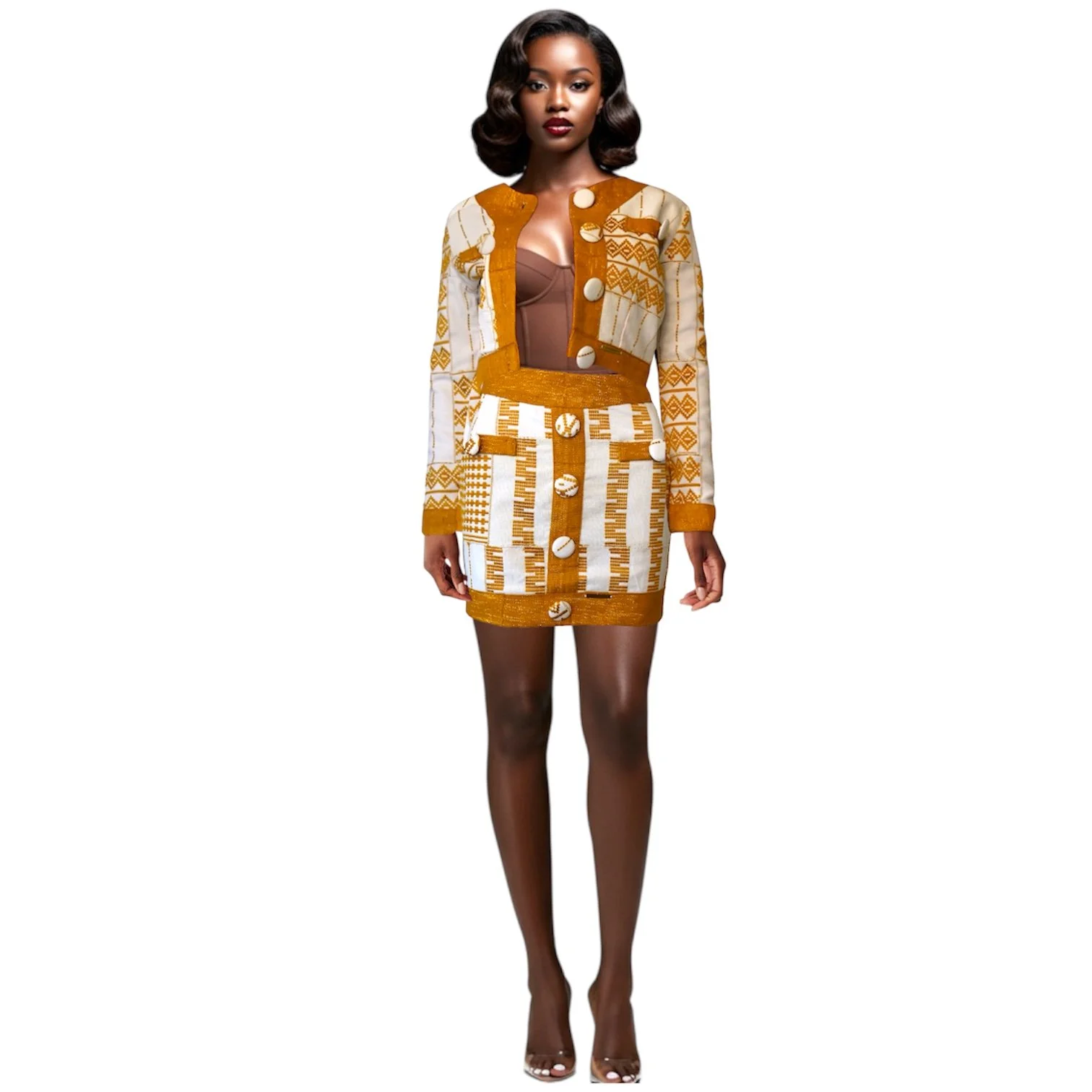

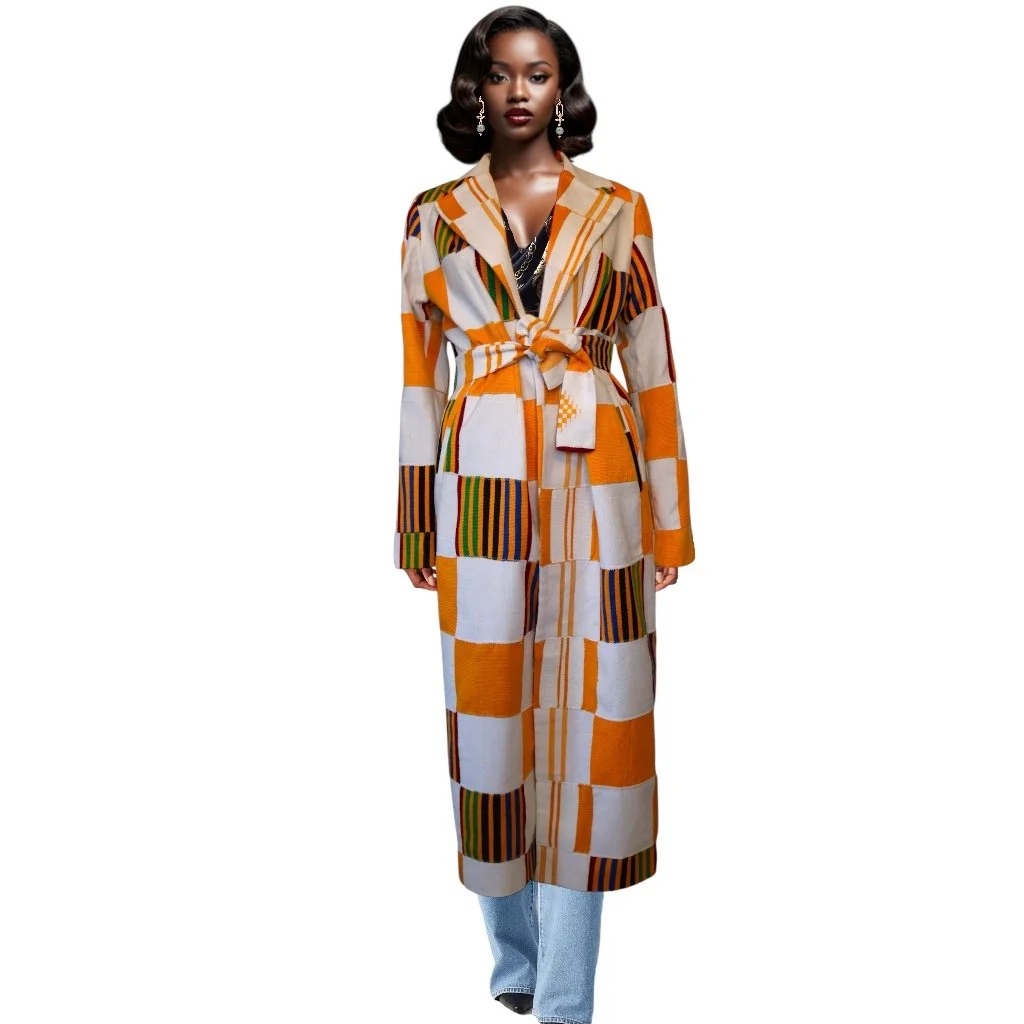
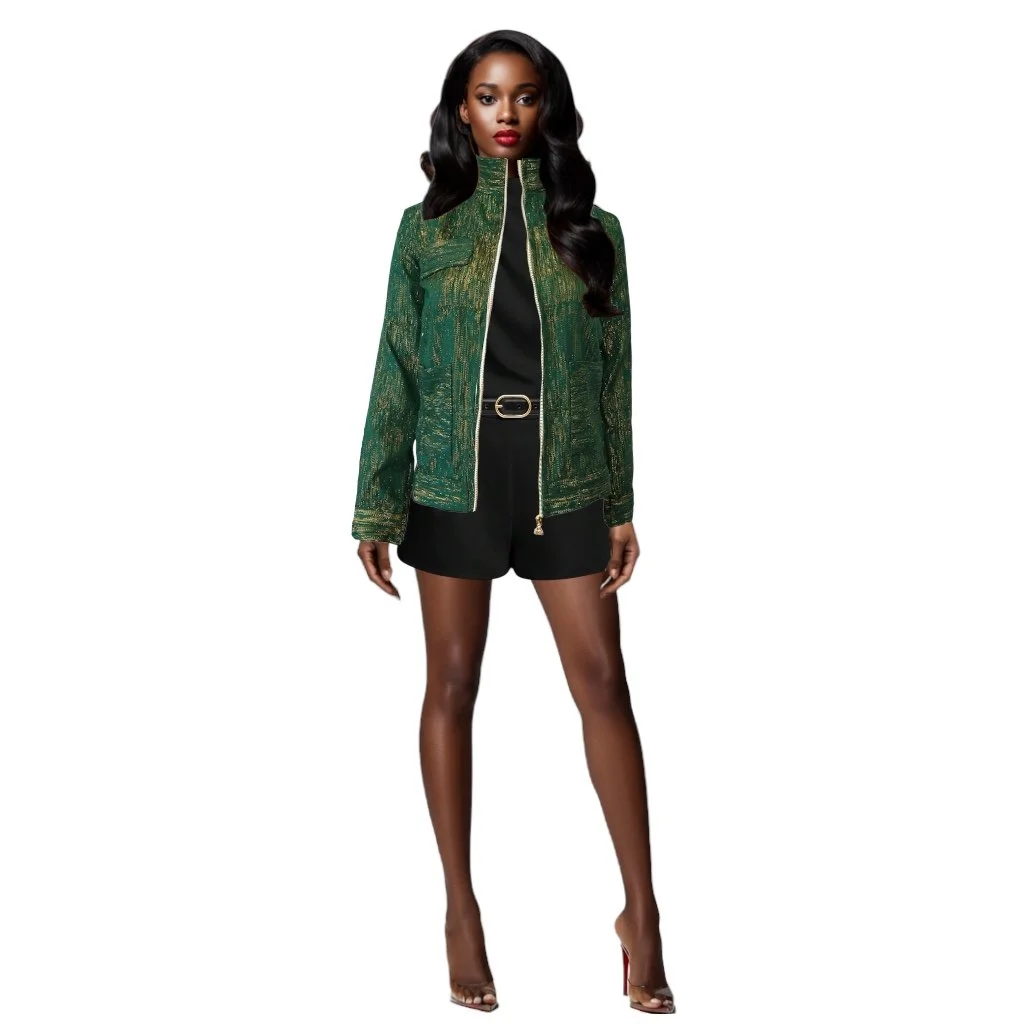
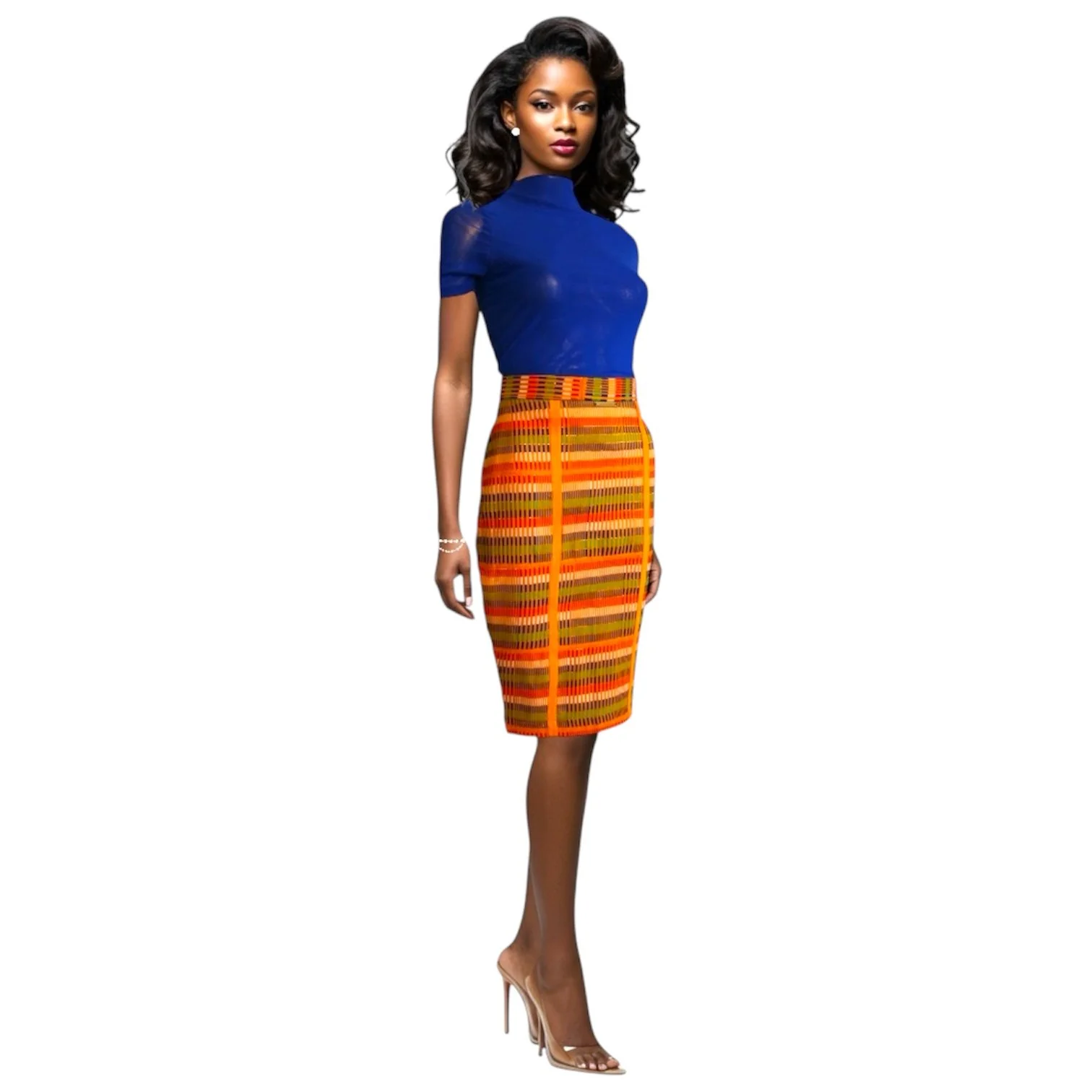


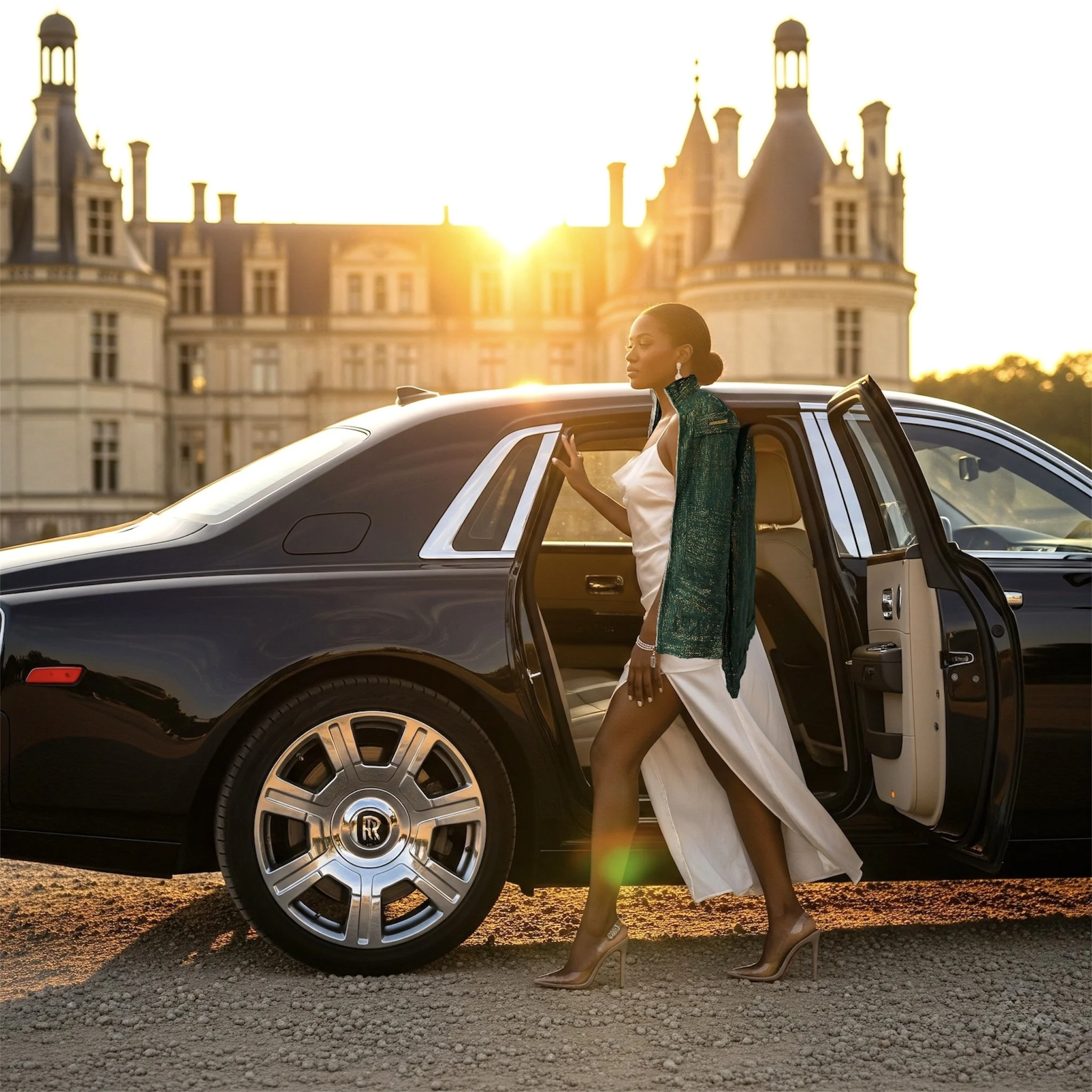
Stay Connected with Atelier Bespoke
Get exclusive updates, sneak peeks, and more as we prepare to unveil something truly special.



